Table of Contents
Quick Answers to Top Curry Powder Questions
What is curry powder made of? Curry powder is a blend of spices typically containing turmeric, cumin, coriander, ginger, and chili peppers. Contrary to popular belief, "curry" is an Anglo-Indian term; traditional Indian cuisine uses freshly ground spice mixes rather than pre-made blends.
How spicy is curry powder? Spiciness varies significantly by type. Indian curry powder tends to be medium to hot, Japanese versions are mild, Thai curry paste can be very spicy, and Caribbean blends offer moderate heat with sweet notes. Always start with 1 teaspoon and adjust to taste.
How to store curry powder to maintain freshness? Keep in an airtight container away from heat, moisture, and sunlight. Properly stored, it maintains best quality for 6 months (up to 1 year). The spices gradually lose potency, requiring larger amounts over time for the same flavor impact.
What's the difference between curry powder and curry paste? Curry powder is a dry spice blend, while curry paste contains fresh ingredients like lemongrass, galangal, garlic, and chilies. Curry paste has a shorter shelf life but more complex, fresh flavor compared to dry curry powder.
Can I make my own curry powder? Absolutely! A basic recipe includes 2 tbsp turmeric, 1 tbsp coriander, 1 tbsp cumin, 1 tsp ginger, 1 tsp chili powder, and 1/2 tsp each of cinnamon, cardamom, and cloves. Toast whole spices first, then grind for maximum flavor.
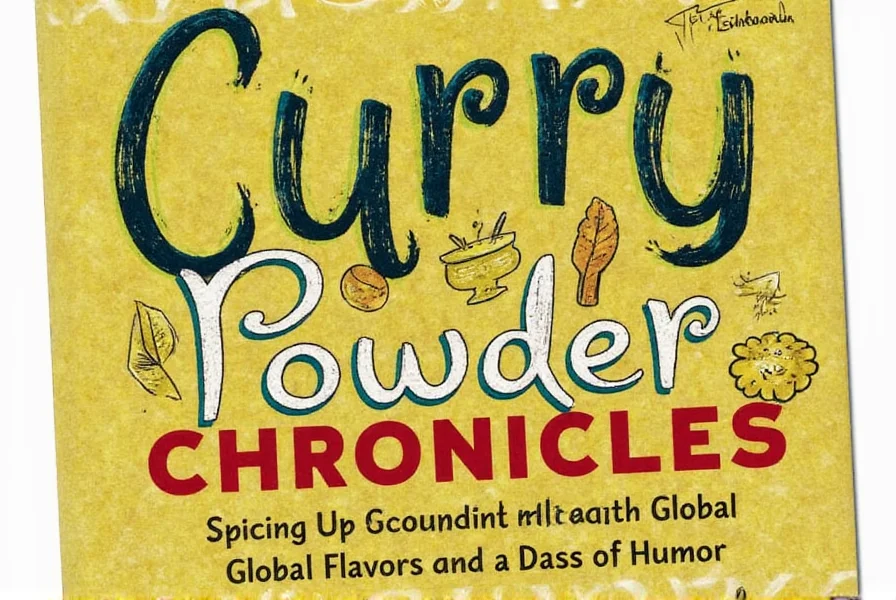
What Is Curry Powder Made Of? Understanding the Essential Components
Curry powder isn't a single spice but a carefully balanced blend that creates that distinctive yellow-gold color and complex flavor profile. While recipes vary, authentic curry powder typically contains these essential spices:
| Core Spice | Flavor Contribution | Percentage in Standard Blend |
|---|---|---|
| Turmeric | Earthy base, distinctive yellow color | 25-30% |
| Cumin | Warm, nutty foundation | 20-25% |
| Coriander | Citrusy brightness to balance earthiness | 15-20% |
| Ginger | Warmth and subtle heat | 10-15% |
| Chili Powder | Heat level determinant | 5-10% |
| Secondary Spices | Complexity enhancers | 10-15% |
Secondary spices that add complexity include garlic powder, mustard seed, fenugreek, cardamom, cinnamon, and cloves. The precise ratio determines whether you get a mild Madras curry or a fiery Vindaloo blend. Authentic Indian cooking rarely uses pre-mixed curry powder—chefs traditionally create fresh blends for each dish, which explains why homemade versions taste superior to store-bought.
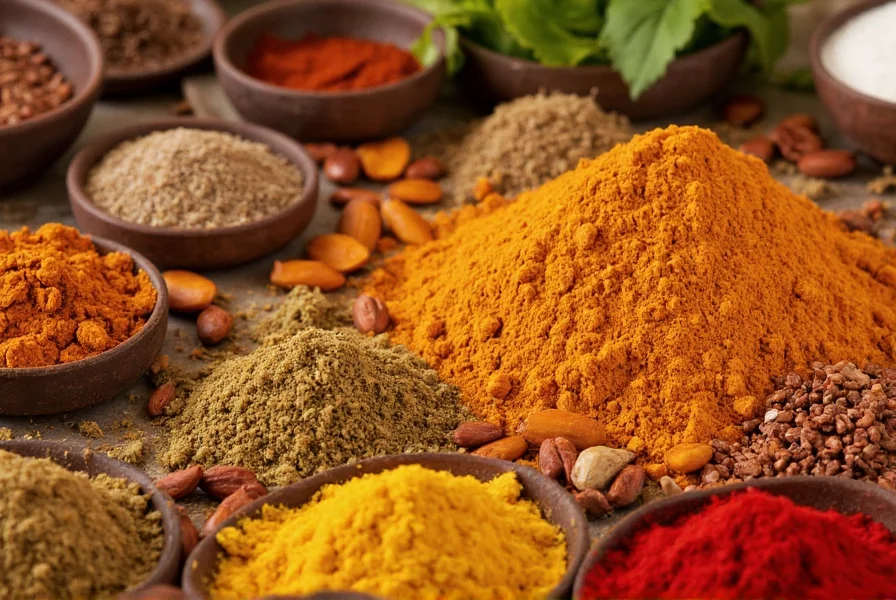
Different Types of Curry Powder Around the World
Curry powder varies dramatically by region, each with distinct flavor profiles and cultural significance. Understanding these differences helps you select the right blend for your recipe:
- Indian Curry Powder: The classic blend featuring turmeric, cumin, coriander, ginger, and chili. Regional variations include:
- Madras Curry Powder: Hotter version with increased chili content
- Garam Masala: Often confused with curry powder but contains no turmeric and is added at the end of cooking
- Vindaloo Powder: Extremely spicy with vinegar notes
- Thai Curry Pastes (not powders): While technically pastes, these are often what Westerners seek when searching for "Thai curry powder":
- Green Curry Paste: Contains fresh lemongrass, kaffir lime leaves, and Thai chilies
- Red Curry Paste: Made with dried red chilies, giving deeper, more complex heat
- Yellow Curry Paste: Milder with additional turmeric and cumin
- Japanese Curry Powder: Mild and slightly sweet, featuring:
- Apples or honey for subtle sweetness
- Less chili, more turmeric and cumin
- Often includes roux for thickening
- Caribbean Curry Powder: Distinctive with:
- Allspice and nutmeg for warm notes
- Scotch bonnet peppers for intense heat
- Often includes thyme and annatto
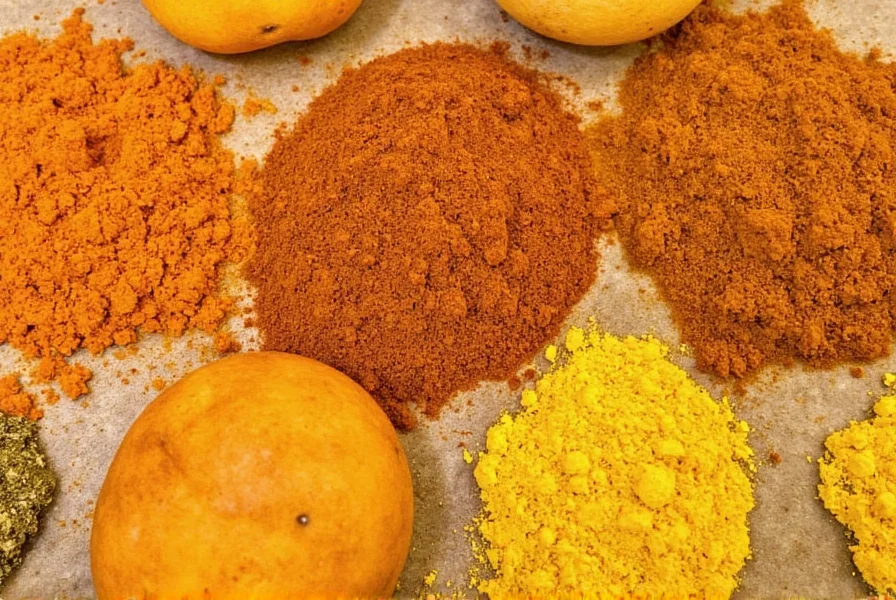
How to Store Curry Powder for Maximum Freshness and Flavor
Proper storage significantly extends the shelf life and potency of your curry powder. Follow these expert tips:
- Use airtight containers: Glass jars with tight-sealing lids preserve freshness better than plastic bags. Mason jars work perfectly for homemade blends.
- Store away from light: Keep in a dark cupboard - exposure to light degrades curcumin (the active compound in turmeric) within weeks.
- Avoid heat sources: Never store above the stove or near ovens - heat accelerates flavor loss.
- Prevent moisture exposure: Always use a completely dry spoon when measuring to prevent clumping.
- Buy in small quantities: Purchase only what you'll use within 6 months for peak flavor.
Signs your curry powder has gone bad include faded color (should be vibrant yellow-orange), loss of strong aroma, and clumping that can't be broken up. While not harmful, degraded spices won't deliver the intended flavor impact in your dishes.
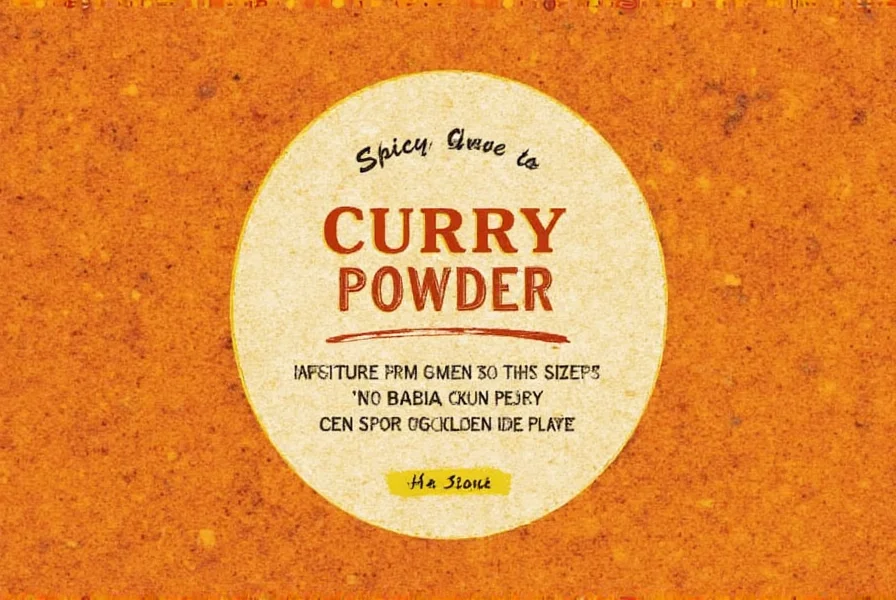
Best Ways to Use Curry Powder Like a Professional Chef
Unlock the full potential of curry powder with these professional techniques that go beyond basic curry recipes:
- Bloom in oil first: Heat 1-2 teaspoons curry powder in oil for 30-60 seconds before adding other ingredients. This "blooms" the spices, releasing up to 300% more flavor compounds than adding directly to liquids.
- Layer with aromatics: For maximum depth, sauté curry powder after onions and garlic have softened but before adding liquid ingredients.
- Use in unexpected dishes: Enhance the flavor of:
- Roasted vegetables (especially cauliflower and sweet potatoes)
- Mayonnaise or yogurt for flavorful dips
- Scrambled eggs or omelets
- Marinades for chicken, fish, or tofu
- Homemade salad dressings
- Balance with acid: Counteract the earthiness with lemon juice, vinegar, or tamarind paste - especially important in tomato-based curries.
- Add dairy at the end: When using coconut milk or cream, add it after the curry powder has bloomed to prevent curdling.
For authentic results, remember that Indian chefs typically add whole spices at the beginning of cooking and ground spices later in the process. Mimic this technique by adding curry powder after your base aromatics have softened.
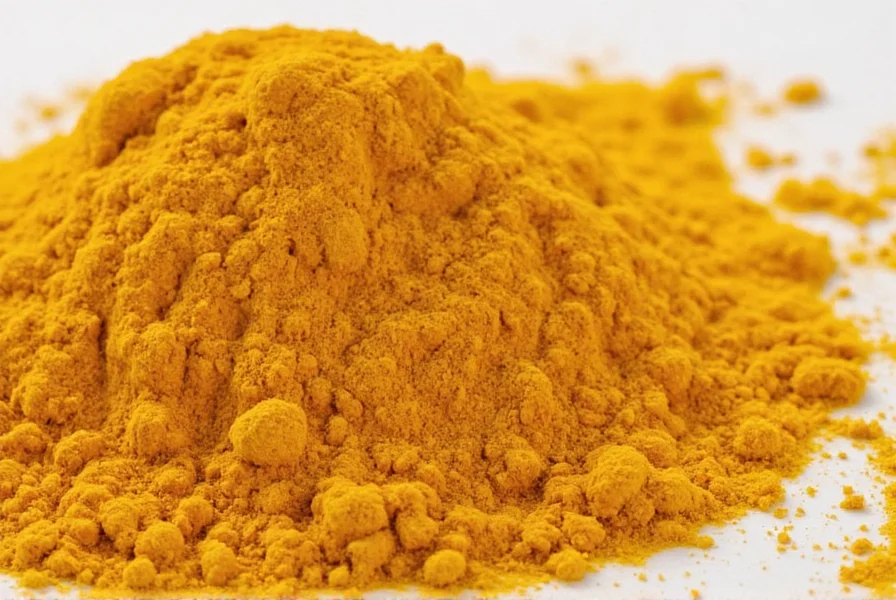
How to Choose the Best Curry Powder: Expert Buying Guide
Not all curry powders deliver the same quality. Here's what to look for when shopping:
Top-Performing Brands Compared
| Brand | Flavor Profile | Best For | Value Score |
|---|---|---|---|
| MDH Master Brand | Authentic, moderately spicy, balanced | Traditional Indian dishes | ★★★★★ |
| Sharwood's | Milder, slightly sweet, English-style | Beginners, family meals | ★★★★☆ |
| Spice Islands | Clean, bright, consistent | Americanized curry recipes | ★★★☆☆ |
| Custom Blends | Tailored to your preference | Specialty cooking, dietary needs | ★★★★★ |
Critical Label Reading Tips
When selecting curry powder, scrutinize the packaging for these quality indicators:
- Ingredient order: The first 3 ingredients should be turmeric, coriander, and cumin - in that order for authentic blends
- Additives to avoid: Steer clear of products containing "spice fillers" like rice flour or wheat unless specifically labeled gluten-free
- Freshness indicators: Look for "best by" dates within 6 months or packaging with freshness seals
- Color quality: Authentic curry powder should be vibrant orange-yellow, not pale or brownish
Professional chefs recommend buying smaller quantities more frequently rather than large economy sizes, as spice potency degrades significantly after opening. For the freshest flavor, consider making your own blend using whole spices you toast and grind yourself.
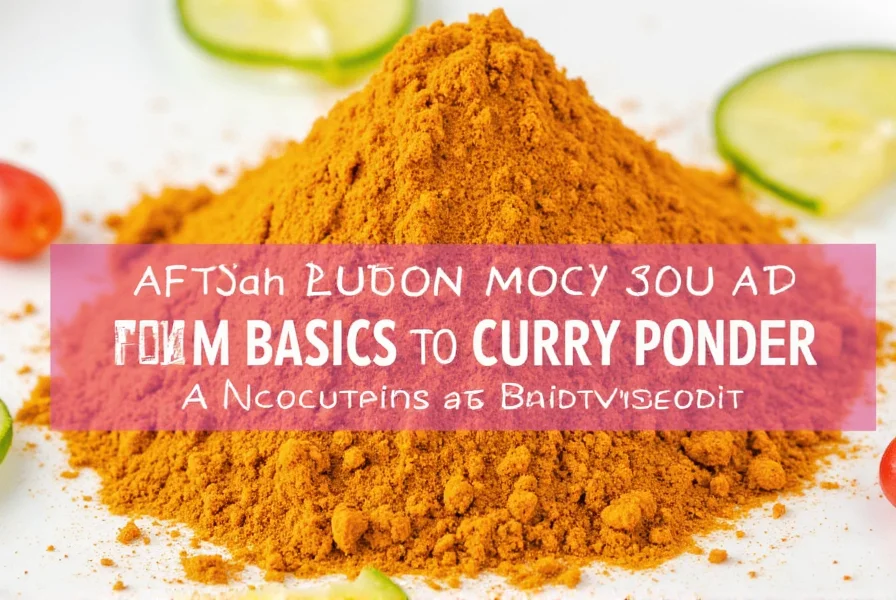
Easy Homemade Curry Powder Recipe: Better Than Store-Bought
Creating your own curry powder guarantees maximum freshness and allows customization to your taste preferences. Here's a professional chef-approved recipe:
Classic Indian-Style Curry Powder
Ingredients:
- ¼ cup coriander seeds
- 2 tbsp cumin seeds
- 1 tbsp turmeric powder
- 1 tbsp mustard seeds
- 1 tbsp fenugreek seeds
- 2 tsp ginger powder
- 2 tsp chili powder (adjust to heat preference)
- 1 tsp black peppercorns
- 10 cardamom pods
- 1 cinnamon stick (2 inches)
- 6 whole cloves
Professional Method
- Toast whole spices (coriander, cumin, mustard, fenugreek, peppercorns, cardamom, cinnamon, cloves) in a dry skillet over medium heat for 3-4 minutes until fragrant
- Cool completely (15 minutes)
- Grind with turmeric, ginger, and chili powder in a spice grinder until fine powder
- Store in airtight container away from light
This blend stays fresh for 3 months. For variations:
- Milder version: Reduce chili powder to 1 tsp and add 1 tsp fennel seeds
- Sweeter version: Add 1 tsp nutmeg and ½ tsp allspice
- Tangy version: Add 1 tsp amchur (mango powder)
Pro tip: Make small batches and refresh monthly for the most vibrant flavors. The difference between fresh homemade curry powder and store-bought is remarkable - you'll notice deeper, more complex flavors in all your dishes.
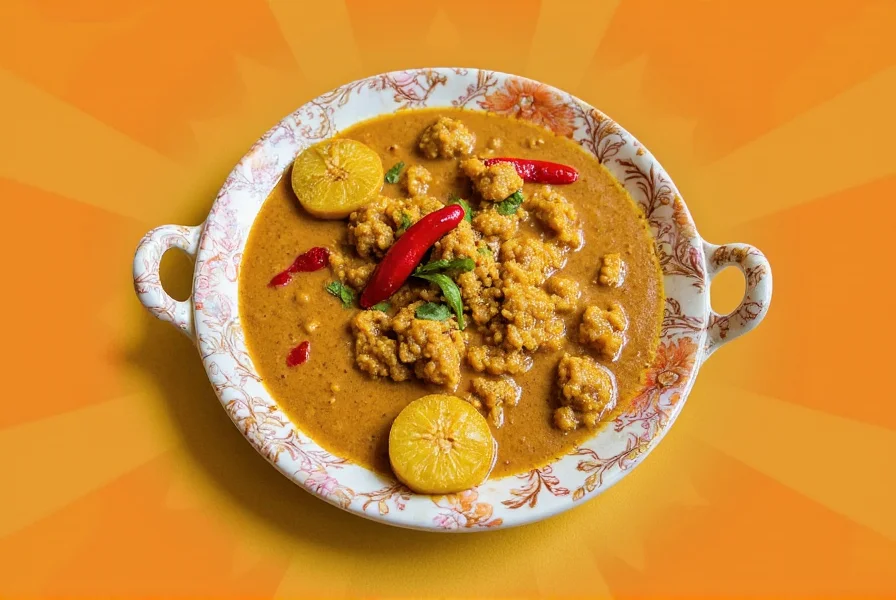
Frequently Asked Questions About Curry Powder
What is curry powder exactly?
Curry powder is not a single spice but a blend of various spices that typically includes turmeric, cumin, coriander, ginger, and chili peppers. It's a versatile spice mix that brings warmth, depth, and flavor to many dishes. Despite its name, "curry" is actually an Anglo-Indian term, and traditional Indian cuisine typically uses freshly ground spice blends rather than pre-mixed curry powder.
Is curry powder the same in all countries?
No, curry powder varies significantly by region. Indian curry powder typically contains turmeric, cumin, coriander, ginger, and chili. Thai green curry powder includes lemongrass and kaffir lime leaves. Japanese karashi is milder and more aromatic, while Caribbean curry powder often contains allspice, nutmeg, and cloves. Each regional variation has its own unique flavor profile.
How do I store curry powder to keep it fresh?
Store curry powder in an airtight container away from heat, moisture, and direct sunlight. A cool, dark cupboard is ideal. Properly stored, curry powder maintains best quality for about 6 months, though it can remain safe to use for up to a year. The spices will gradually lose potency over time, so you may need to use more for the same flavor impact.
Can I make my own curry powder at home?
Absolutely! Making your own curry powder allows you to customize the blend to your taste. A basic recipe includes 2 tbsp turmeric, 1 tbsp coriander, 1 tbsp cumin, 1 tsp ginger, 1 tsp chili powder, and 1/2 tsp each of cinnamon, cardamom, and cloves. Toast the whole spices first, then grind them together. Freshly made curry powder will have more vibrant flavors than store-bought versions.
What's the difference between curry powder and curry paste?
Curry powder is a dry spice blend, while curry paste contains fresh ingredients like lemongrass, galangal, garlic, and chilies, along with spices, making it more moist. Curry paste is common in Thai cuisine, while curry powder is more prevalent in Western and Anglo-Indian cooking. Curry paste typically has a more complex, fresh flavor but shorter shelf life than dry curry powder.
How spicy is curry powder typically?
The spiciness of curry powder varies widely by brand and regional style. Indian curry powders tend to be medium to hot, Japanese versions are usually mild, Thai curries can be very spicy, and Caribbean blends often have moderate heat with sweet notes. Always check the label for heat indicators, or start with a small amount and adjust to your preference.
Can I use curry powder if I'm watching my sodium intake?
Yes, most pure curry powders contain no added salt, making them suitable for low-sodium diets. Always check the ingredient list to confirm, as some commercial blends may include salt. Curry powder is primarily a blend of dried spices, so it's naturally low in sodium unless specifically formulated otherwise.
What dishes can I make with curry powder besides curry?
Curry powder is incredibly versatile! Try it in roasted vegetables, scrambled eggs, salad dressings, marinades for chicken or fish, soups, stews, rice dishes, and even in mayonnaise for a flavorful sandwich spread. It can add depth to unexpected dishes like roasted nuts or even in some baked goods for a savory twist.
Why is my curry powder clumping?
Curry powder clumps when exposed to moisture. This can happen if you scoop directly from the container with a wet spoon or if the container isn't properly sealed. To prevent clumping, always use a dry spoon and ensure the container is tightly closed after each use. If your curry powder has clumped, you can break up the clumps with a fork or spice grinder.
Is curry powder gluten-free?
Authentic curry powder made solely from spices is naturally gluten-free. However, some commercial blends might be processed in facilities that handle wheat or could contain additives. If you have celiac disease or severe gluten sensitivity, look for certified gluten-free curry powder or make your own blend from individual spices.

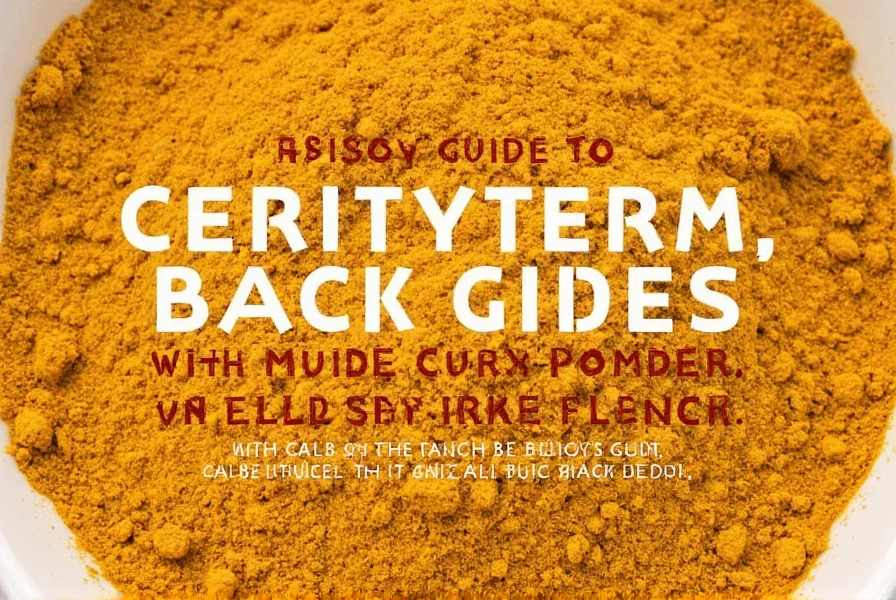









 浙公网安备
33010002000092号
浙公网安备
33010002000092号 浙B2-20120091-4
浙B2-20120091-4